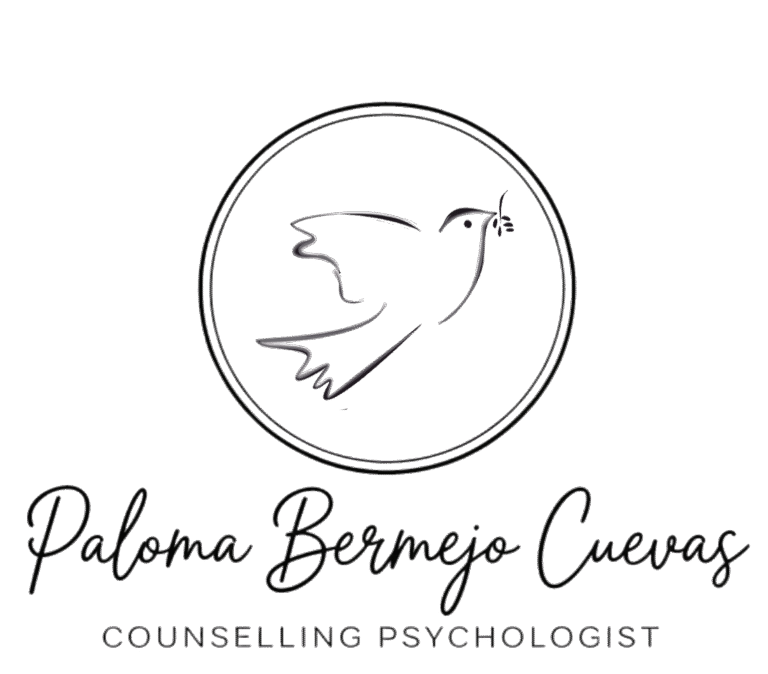Burnout isn’t solved by a weekend off. It’s a depletion of emotional, mental, and physical reserves caused by sustained demands and low recovery. Here’s how to stabilise, then rebuild.
Step 1. Quick self‑check
- I wake up tired most days despite enough sleep.
- Small tasks feel heavy or pointless.
- I’m more irritable or numb than usual.
- My concentration is fractured, and mistakes are increasing. If this sounds familiar for several weeks, treat it as burnout until proven otherwise.
Step 2. Stabilise your system (1–2 weeks)
- Micro‑recovery blocks. Three 10‑minute blocks per day. Non‑negotiable. Breathing, a short walk, gentle stretch, or quiet tea without screens.
- Energy budget. List your top drainers and top restorers. Replace one low‑value demand with one high‑value restore each day.
- Sleep guardrails. Fixed wake time, light exposure within 30 minutes of waking, caffeine cut by early afternoon, screens out of bed.
- Minimum effective movement. 10 minutes daily, any pace. Consistency beats intensity.
- Boundaries script. “I can do X by Friday. Y would require next week.” Repeat as needed.
Step 3. Repair the causes (4–8 weeks)
- Workload reality. If everything is urgent, nothing is. Agree priorities with a manager or, if self‑employed, define a three‑task daily cap.
- Values alignment (ACT). Write your top three values at work and at home. For each value, choose one visible action this week.
- Friction audit. Which processes, people, or times of day consistently derail you. Reduce exposure by 10–20 percent where possible. Batch or set time limits for the rest.
- Connection. Burnout isolates. Schedule two brief, honest check‑ins per week with someone safe.
Step 4. Track and adapt
- Use a simple weekly score 0–10 for energy, mood, and focus. Look for trend, not perfection, and bring it to therapy.
When to involve your GP or workplace
- If symptoms persist or worsen, speak to your GP. If your role is a key contributor, consider reasonable adjustments with HR or your manager. Therapy can help you prepare that conversation.
What therapy adds
- A structured plan, accountability, evidence‑based tools, and space to process the emotional load that comes with change.
Next step
- Book a free initial phone consultation to map a plan that matches your reality. Online or face to face in Eastleigh. Payment by bank transfer or major health insurance providers.


